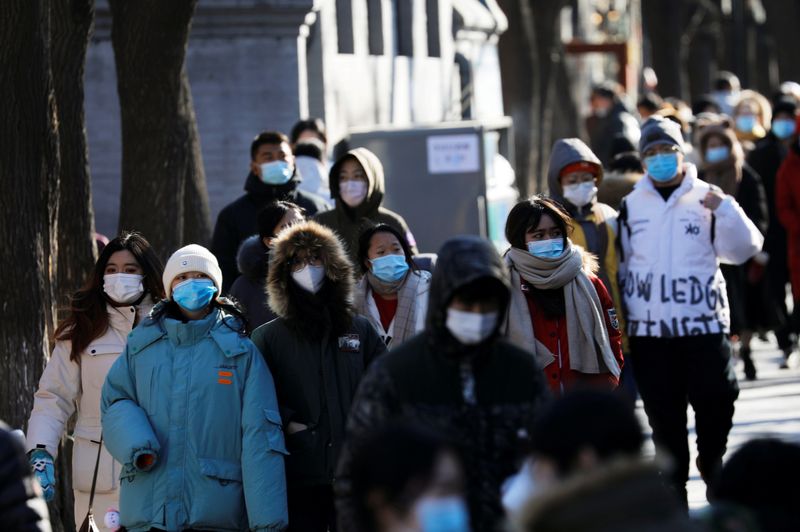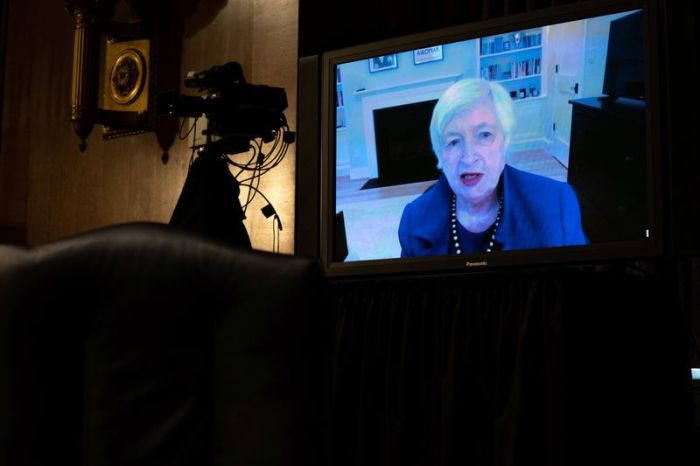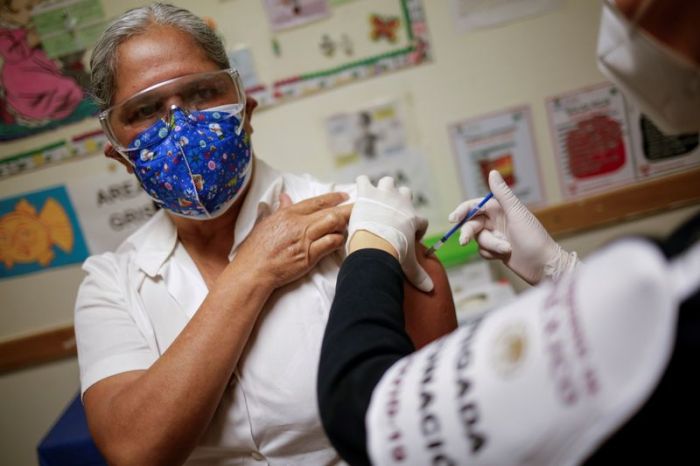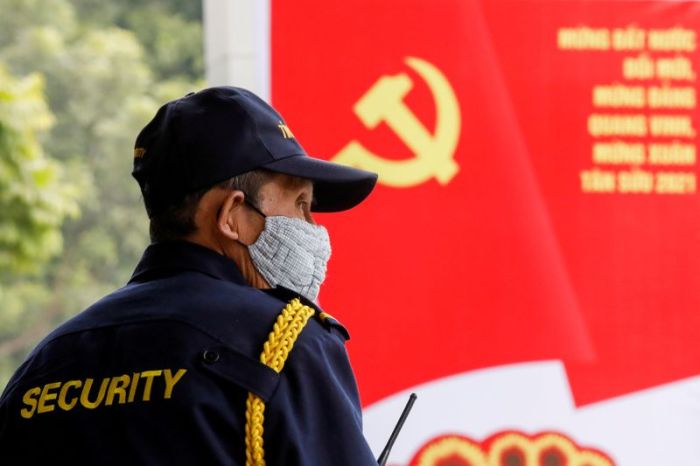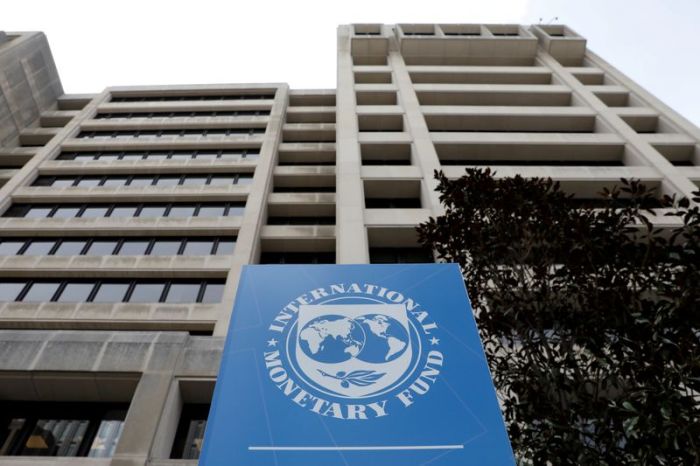BEIJING (Reuters) – China’s capital Beijing said it will investigate all individuals who entered the city from abroad from Dec. 10 and it shut down a subway station after reporting the biggest daily jump in new COVID-19 cases in more than three weeks.
The measures come amid what has become China’s most serious coronavirus outbreak since March 2020 ahead of Lunar New Year holiday season, when hundreds of millions of people travel, raising fears of another major COVID-19 wave that could bring the country back into a debilitating standstill.
The National Health Commission said on Wednesday a total of 103 new COVID-19 cases were reported on Jan. 19, down from 118 a day earlier. Northeastern Jilin province reported 46 new infections, however, setting another record in daily cases, while Hebei province surrounding Beijing reported 19 new cases.
Reported daily cases in China are currently far lower than in other major countries but the Chinese government is acutely aware of potential wider transmissions due to its dense urban populations and highly developed transport network.
Beijing reported seven new cases, matching the total reported on Dec. 28. Of these, six patients live in the Daxing district and the city’s subway operator said it had shut down the Tiangong Yuan metro station located near Daxing patients as part of COVID-19 prevention measures.
Two Daxing cases reported on Jan. 17 were analysed and are considered to be highly similar to the new, more transmissible strain of the virus that began spreading in Britain, Pang Xinghuo, deputy director of Beijing’s Center for Disease Control and Prevention, told a news conference on Wednesday.
The two cases have no genetic association with previous local and imported cases in Beijing, nor to recent local cases in other Chinese regions, Pang said, adding the source of infection was initially determined to be from overseas.
The ruling Communist Party-backed Beijing Daily said the capital’s party and government leadership met late Tuesday and agreed to further tighten monitoring, minimise public gatherings and reduce passenger loads in public transport.
“We estimate that around 1.7 billion passenger trips will be made during the 2021 Lunar New Year travel season, averaging around 40 million per day,” Wang Xiuchun, an official at the transport ministry, said at a separate media briefing.
That would be a drop of 40% from 2019, but 10% more than last year’s season and two times current levels, she said.
China’s week-long Lunar New Year holiday begins on Feb. 11.
People returning home during the Lunar New Year season should have a negative COVID-19 test taken seven days before travelling, Wang Bin, an official at the National Health Commission, said at the briefing.
Concern and confusion over this requirement on social media saw it quickly become the No. 1 trending topic on China’s Twitter-like platform Weibo, with 510 million reads by 1300 GMT on Wednesday.
CONTAINMENT EFFORTSAuthorities in northeast China, where most of the new coronavirus cases are located, have employed a combination of measures including lockdowns, travel curbs and mass testing. Tens of millions have been put into home or centralised quarantine in Hebei, Jilin and Heilongjiang provinces.
Songyuan city in Jilin on Wednesday ordered a lockdown for the main urban area under its jurisdiction and began mass testing. Harbin, the capital of Heilongjiang, has temporarily shut down businesses and public venues such as gyms, coffee shops, karaokes and religious institutions.
One Communist Party official in a village in Shijiazhuang, capital of Hebei, was suspended for mistreatment of a man who tried to enter the village to buy cigarettes after being told to turn back. The man was tied to a tree and verbally abused under the party official’s directions.
China has also stepped up its vaccination campaign, with more than 15 million shots given as of Wednesday.
The number of new asymptomatic infections, which China does not classify as confirmed cases, fell to 58 from 91 cases a day earlier. Total confirmed COVID-19 cases in mainland China now stand at 88,557, while the reported death toll remains unchanged at 4,635 – figures much smaller than in other major countries.
The figures exclude cases reported in Hong Kong and Macau, which are Chinese territories but independently report their data. The commission also excludes cases reported in Taiwan, the self-ruled island that China claims as its own.
(Reporting by Gabriel Crossley, Lusha Zhang in Beijing and David Stanway in Shanghai with additional reporting by Tom Daly; Writing by Se Young Lee and Ryan Woo; Editing by Michael Perry and Mark Heinrich)

